Find out the Seafarer's Professions and Ranks Aboard a Ship
Are you working in the maritime industry or engaged in any seafaring professions? If so, it's essential to understand the different categories and responsibilities associated with seafarer jobs and ranking.
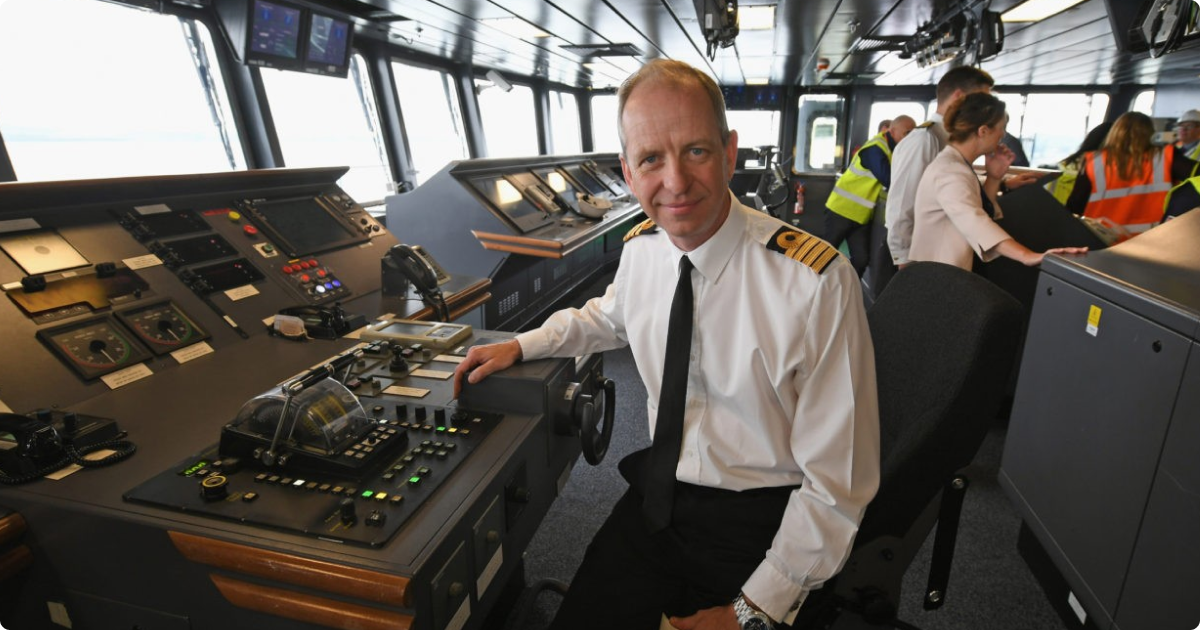
The hierarchical structure of onboard departments determines how smoothly each task is carried out on vessels. This blog post will provide an overview of the different marine ranks used aboard ships today – from ordinary seamen to specialized officers and captains – as well as their duty descriptions and requirements. With this knowledge at your disposal, you can ensure you have the best-qualified personnel for every aspect of life at sea!
Usual positions
The crew, as its hierarchical structure, has perfectly defined the functions of all the personnel on board. Initially formed by marginal people or adventurers, they have become demanding professions in which it is only possible to enter with a degree, be it vocational training, diplomas, or bachelor's degrees.
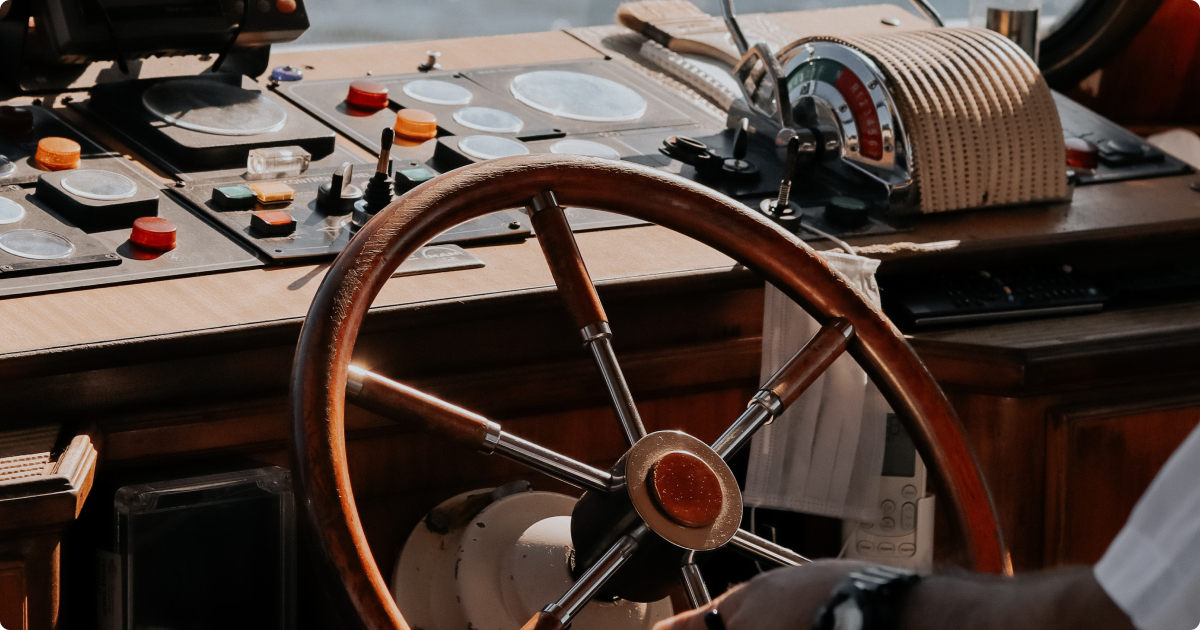
The designation of crew positions varies from country to country. Chile's regulations for work on board national merchant marine vessels, for example, distinguish between deck officers, engine officers, and general service officers, in addition to the captain and the rest of the crew, which it leaves apart. In Spain, it refers to captain, officers, officers, master, and subordinates and is based on the IV General Merchant Marine Convention of 1982 published in the BOE on June 24, 1982.
Below are the most common positions, both in the present and past.
Deck Department
Captain
The captain is the highest authority on a ship. He is responsible for the entire operation of the vessel. He directs, coordinates, and controls all activities on board, responsible for the ship's safety, crew, cargo, navigation, and work organization. In addition, he is the shipowner's representative before third parties. In the engine department, the chief engineer is in charge of its operation and organization and is responsible only to the captain for his actions.
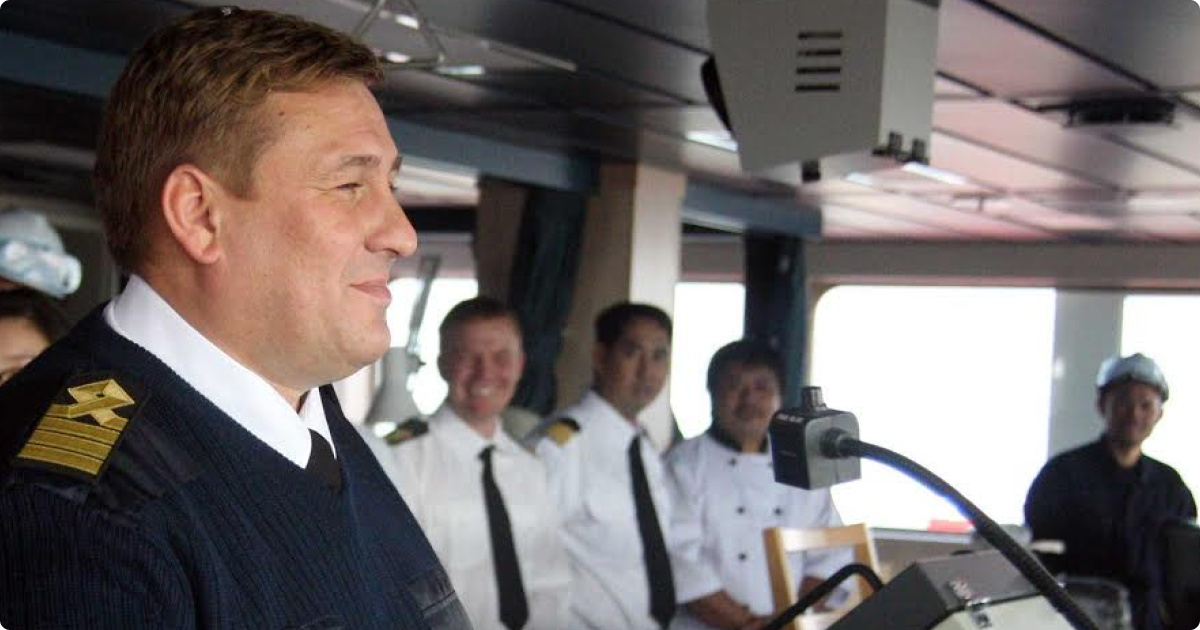
Regarding recreational vessels, qualifications are basic and easy to obtain. In the merchant navy's case, a university degree (degree in Nautical and Maritime Transport) and experience (36 months on board as an officer) are required, as well as passing a suitability exam to reach the rank of captain.
The captain is in charge of all maneuvers, so he has to be on deck every time a scheme has to be made (docking or undocking, etc.).
In the past, in the case of fleets of sailing ships, the captain was responsible for the entire fleet, his ship being the captain's ship or flagship.
Deck Officers
Merchant marine vessels usually have three or more officers to cover bridge watches, as the master does not usually stand watch. On some ships, the crew consists of two bridge officers and the master, who generally stands from 08:00 to 12:00 and from 20:00 to 24:00.
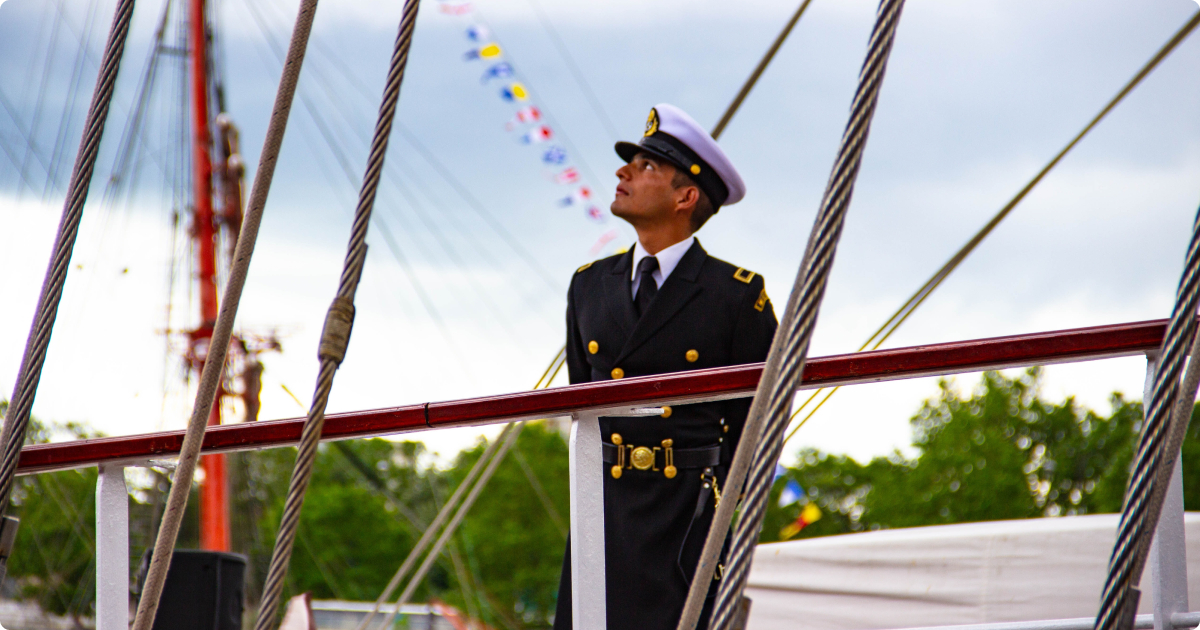
Officers or pilots are measured by their rank, being on a ship first, second, and third officers. Merchant marine officers are duly qualified professionals according to the STCW'95 Convention on Education, Training, and Watchkeeping standards at Sea.
Becoming a pilot or captain in the Merchant Navy requires a university education, periods of training as nautical students on board ships, and, in many cases, passing a professional aptitude exam.
Chief Mate
He is a licensed seaman and head of the deck department of a merchant ship. The first mate is usually a watch officer overseeing the ship's cargo and deck crew.
Helmsman
In the old sailing ships, the pilot was in charge of navigation. He would be partially equivalent to today's first mate. He was educated in letters and mathematics, as he needed to handle charts and nautical navigation instruments. In addition, he needed to practice navigation. In the Spanish fleet of the Indies, from 1503, he had to pass an examination at the Casa de Contratación in Seville.
Machinery Department
Chief Engineer
The Chief Engineer is the person in charge of the engine department and is responsible for the direction, supervision, and maintenance of the propulsion systems and auxiliary services of the entire ship, navigation, and berthing systems, as well as the preparation of the necessary purchase orders for their proper operation and maintenance. The Chief Engineer is a trained professional and qualified according to STCW'95 standards.
Engine Officers
As on the bridge, on merchant ships, three officers are required to stand watch (4 hours on the clock and 8 hours off for each officer) who need to constantly monitor the engine, with the ranks of chief engineer officer (who replaces the chief engineer officer, who does not stand watch), second engineer officer and third engineer officer.
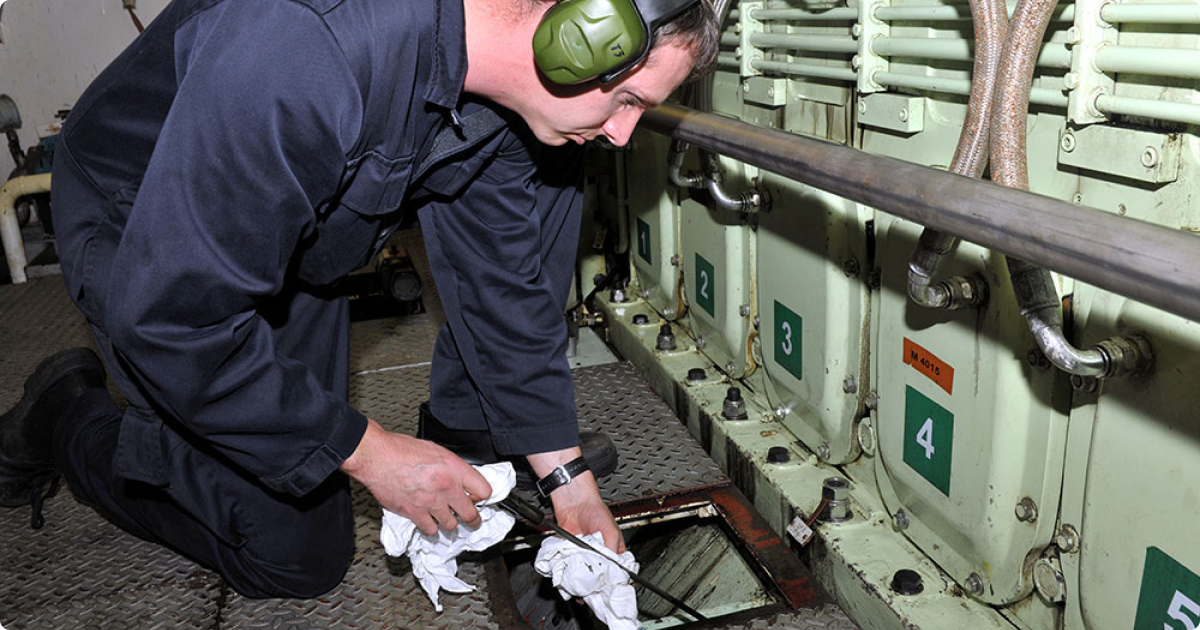
These officers must have a university degree and the required experience, first as a trainee engineer, in the case of the second officer, third engineer officer, or second engineer officer, to become the first officer.
Other crew members
Seamen
They generally form the bulk of the crew, except for service vessels. They are in charge of stevedoring, maintenance, quartermaster, watchkeeping, etc., under the orders of the corresponding officers. On modern ships, the seamen are quite specialized (stevedores, oilers, boilermakers, etc.).
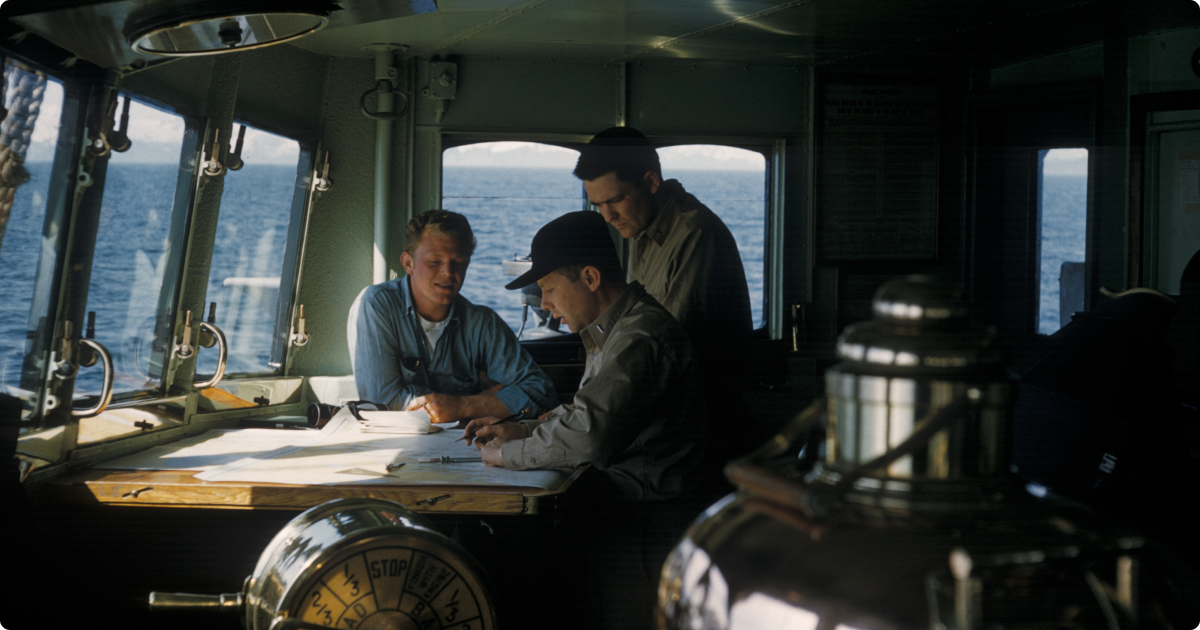
In Spanish, those who occupy the positions or trades of boatswain's mate, boilermaker, plumber, fireman, electrician, steward, cook, closet, or stewardess are called maestranzas.
Military
Not only warships have had military personnel among their crews. Although nowadays, the presence of military personnel on merchant ships may seem strange, from the 16th century onwards, it was usual to find them on ships. Spanish ships, for example, began to have specialized military personnel to protect themselves from pirates or buccaneers and ships from countries at war.